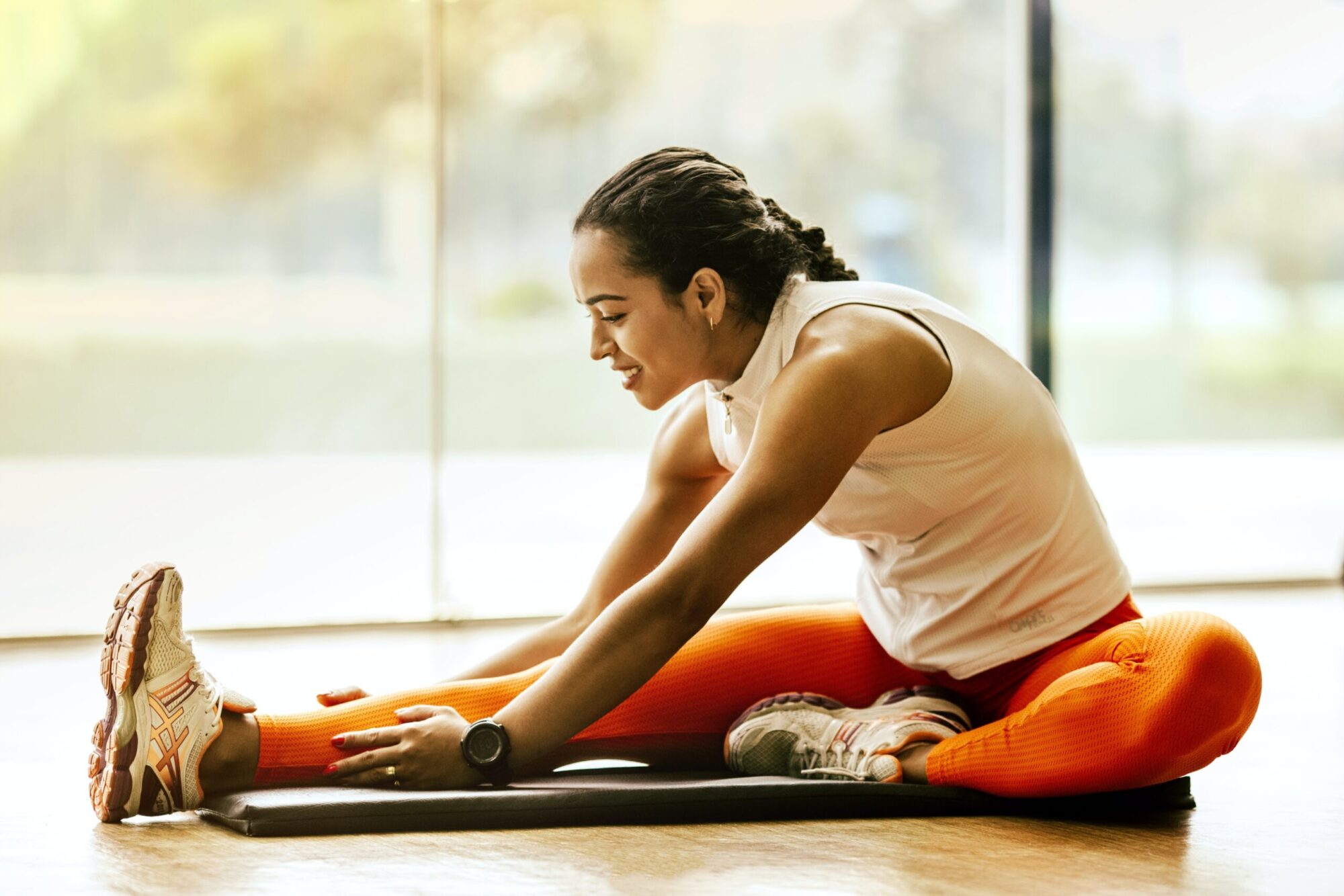The gloves are off – it’s time to speak some uncomfortable truths about modern living’s impact on the average persons physical wellbeing. The good news is – you can do something about it. Let me tell you how.
Read more: The Real Reason You Lack Mobility and FlexibilityThe movements required to get through a standard day in the 21st century are shockingly few and completely unchallenging to the brain and body.
So, you stretch now and then, but you never see any real improvement from doing so. Stretching is a great add-on to any movement practice, but stretching alone (unless you are temporarily in a state of severe stress or nervous system sensitisation), just won’t land you better mobility unless you move differently.
Your brain remembers
The uncomfortable truth hiding in plain sight, is that the majority of people today don’t have enough variety in their daily movements, and therefore the movement patterns created in our brains based on the movements we do, or don’t do, become far too simple and poor. A vicious cycle that keeps itself going. Poor movement patterns lead to poor movement. The movements required to get through a standard day in the 21st century are shockingly few and completely unchallenging to the brain and body. Think getting in and out of a car, sitting down all day, walking to the elevator etc.
An important note is that the brain doesn’t have the ability to decipher whether something is a good or a bad habit. It just remembers what you do!
The brain is a minimalist and will streamline everything you do in order to save energy. Your daily movement habits gets turned into programs in the brain, that the brain then repeats. An important note is that the brain doesn’t have the ability to decipher whether something is a good or a bad habit. It just remembers what you do! YOU have to decide what the brain is fed in terms of information.
The dark side of convenience
There is just no way of sugar coating the fact that convenience is the greatest enemy to maintaining physical health today.
We have reached a point in human history where people are having more problems because of what they don’t do, as opposed to what they do do.
Elevators, escalators, cars, electrical scooters/bikes, hover boards, segways etc are all convenience saving you from moving. Unfortunately we have reached a point in human history where people are having more problems because of what they don’t do, as opposed to what they do do. Ironically this is partly due to the general improvement in living standards and rise of the middle class worldwide. When human beings ‘improve’ living conditions, convenience can be bought and comes part and parcel of living a wealthier life. To make matters worse, diet also tends to go down hill when we become more affluent. Store-bought packaged foods, fast food, processed foods, take away etc become available, drastically reducing the quality of nutrition we intake.
Breaking out of the convenience trap does mean making some conscious decisions about choosing to make your life slightly less ‘convenient’ from a movement perspective. Yes, it means taking the stairs when everyone else waddles inside the lift. It means biking to work instead of driving (unless you live 100 kilometers from your job, of course). It means changing your work position between standing and sitting, walking to get water more frequently (even though you don’t need it), take up yoga, taking a few minutes to do a few ‘office exercises’, walking your dog at a brisker pace etc. However, this ‘inconvenience’ may not feel all that inconvenient at all, once you feel your body begin to respond to you being more active. That includes feelings of aliveness, blood flow, strength, energy, improved fitness, mental clarity, empowerment, and more.
Variety of movement
So what does varying your movements actually mean? It means doing the tasks that you do every day a little different every time. At a basic level it means including movements of both flexion (forward bending), extension (back bending), side bending and rotation at the spine. It means choosing better physical form when you are active. And sorry, but the headphones blasting your eardrums with the latest pop tunes keeping you distracted from the moment, they gotta go. Changing how you move requires awareness and focus.
Thee key is to address your daily habits and movement as much as possible. How you vacuum, how you bend to pick things up from the floor, how you stand when you brush your teeth, how you walk, how you sit, how walk on stairs, how you get out of bed, how do the dishes etc. Surprised at how ‘little’ these movements are? Well, what creates change in your brain’s patterns isn’t actually about amplitude, but about frequency. How often you do something is what really changes the brain’s patterns.
You may need a little help
It is useful to get help from a professional clarifying how to practically achieve these things. Habits are notoriously difficult to change once they have become, well, habits. But it IS possible with a little focused effort. Tip: try not to have too many other things going on while embarking on this ‘project’. It requires significant concentration until the new habit is formed and becomes a new pattern. Begin your jour journey by adopting a good squat technique whenever you need to bend over or down. Exaggerate it. Do it every time you pull out a low drawer out in the kitchen, pick things up from the floor, etc. It’ll make your family think you’re a little silly, but they’ll soon give you the big-ups when they realise what you are achieving.
Get in touch via the ‘contact’ page if you are ready for a coaching consultation to help you kick start a new way of being! For more ongoing movement tips hit follow on my Instagram page below!
Happy health!
Kirsten Louise

